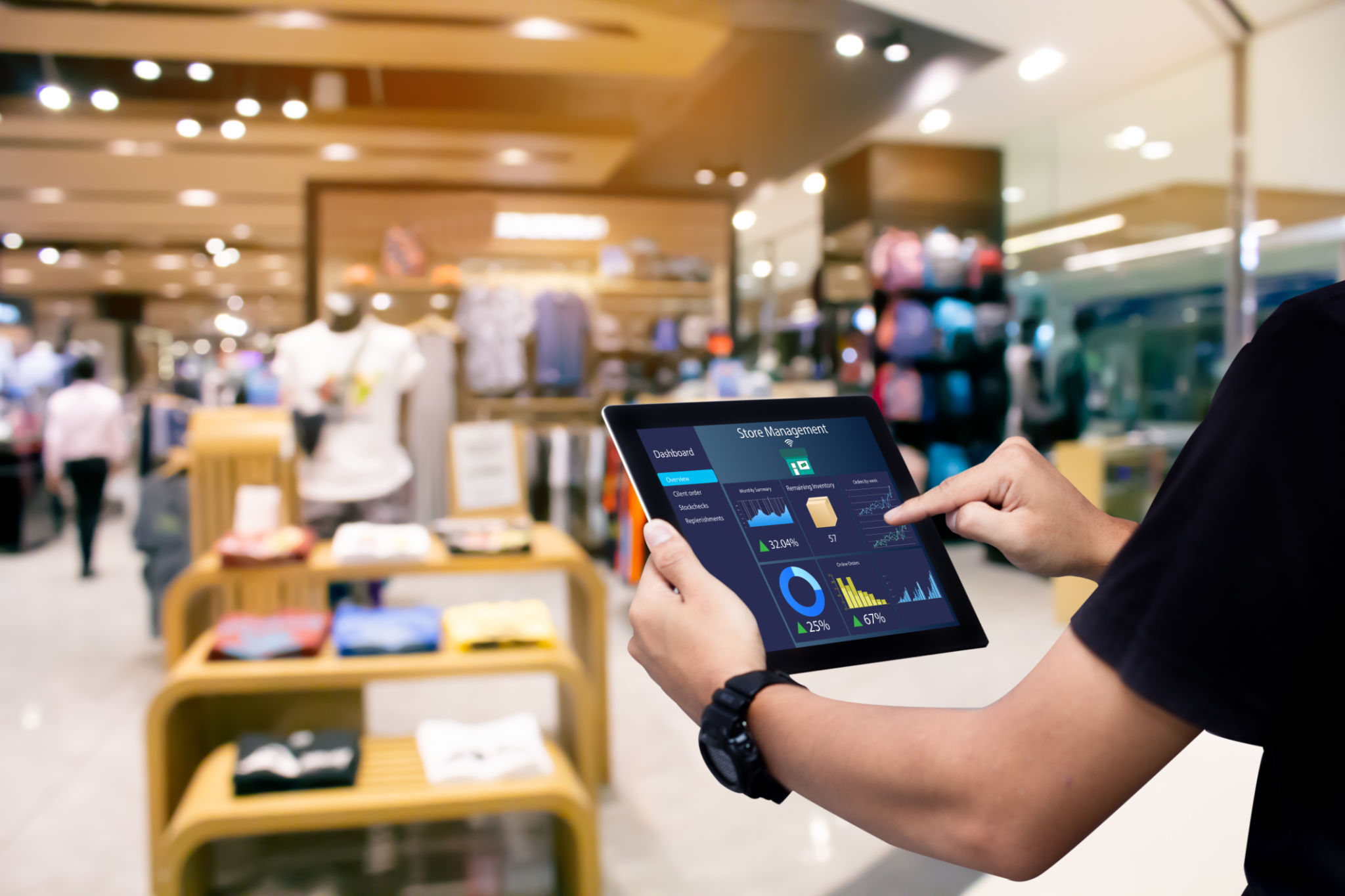The Future of AI in Retail: Predictive Analytics and Dynamic Pricing
Understanding Predictive Analytics in Retail
Predictive analytics is revolutionizing the retail industry by enabling businesses to anticipate customer needs and optimize their operations. This technology leverages data mining, statistics, and machine learning to analyze historical data and predict future outcomes. By understanding patterns and trends, retailers can make informed decisions that enhance customer satisfaction and boost revenue.
Retailers use predictive analytics to forecast demand, manage inventory, and tailor marketing strategies. This proactive approach helps minimize waste, reduce costs, and improve supply chain efficiency. As a result, businesses can offer a more personalized shopping experience, which is crucial in today’s competitive market.

Enhancing Customer Experience
One of the most significant benefits of predictive analytics in retail is its ability to enhance the customer experience. By analyzing data from various sources, such as purchase history and browsing behavior, retailers can create personalized recommendations and offers. This level of personalization not only increases conversion rates but also builds customer loyalty.
Moreover, predictive analytics can help retailers identify potential issues before they escalate. For instance, by monitoring social media and customer feedback, businesses can address complaints promptly, ensuring a positive brand image.
The Role of Dynamic Pricing
Dynamic pricing is another transformative technology reshaping the retail landscape. This strategy involves adjusting prices in real-time based on market demand, competitor pricing, and other factors. By leveraging AI algorithms, retailers can optimize pricing to maximize profits while remaining competitive.

Dynamic pricing is particularly beneficial during peak shopping seasons or for perishable goods. It allows retailers to respond quickly to changes in demand, ensuring optimal inventory levels and reducing the risk of stockouts or overstocking.
Implementing Dynamic Pricing Strategies
To successfully implement dynamic pricing, retailers need access to real-time data and robust analytics tools. By integrating AI-powered solutions, businesses can automate price adjustments and react swiftly to market changes. This agility is essential in today’s fast-paced retail environment.
Retailers can use various dynamic pricing models, such as:
- Time-based pricing: Adjusting prices based on time-sensitive factors like seasonality or time of day.
- Competitor-based pricing: Setting prices in response to competitors' pricing strategies.
- Demand-based pricing: Modifying prices according to consumer demand levels.

Challenges and Considerations
While predictive analytics and dynamic pricing offer numerous advantages, they also present challenges for retailers. Managing vast amounts of data and ensuring its accuracy can be daunting. Additionally, privacy concerns must be addressed to maintain consumer trust.
Retailers must also be cautious about over-relying on automation. While AI can provide valuable insights, human oversight is crucial to interpret results accurately and make ethical decisions. Balancing technology with human expertise is key to successful implementation.
The Future of AI in Retail
The future of AI in retail looks promising, with continuous advancements in technology offering new opportunities for growth. As AI becomes more sophisticated, it will enable even greater levels of personalization and operational efficiency.
Retailers who embrace these technologies will be well-positioned to thrive in an increasingly competitive market. By leveraging predictive analytics and dynamic pricing, businesses can enhance customer satisfaction, streamline operations, and drive sustainable growth.
